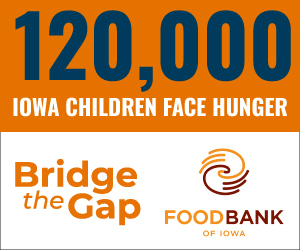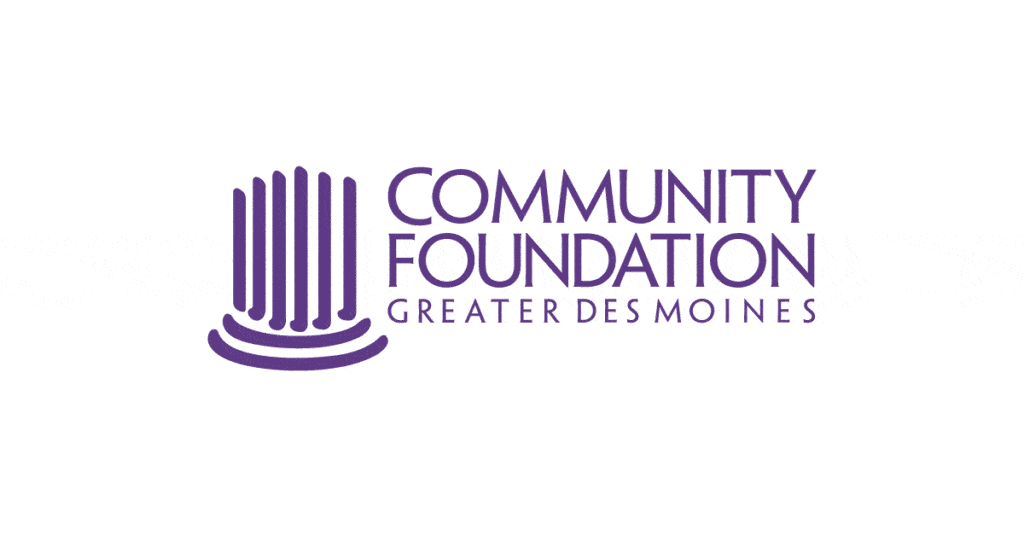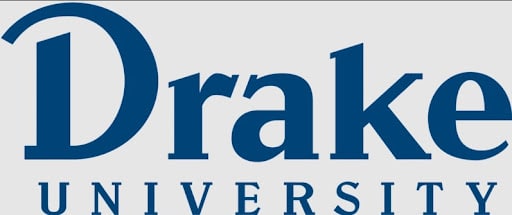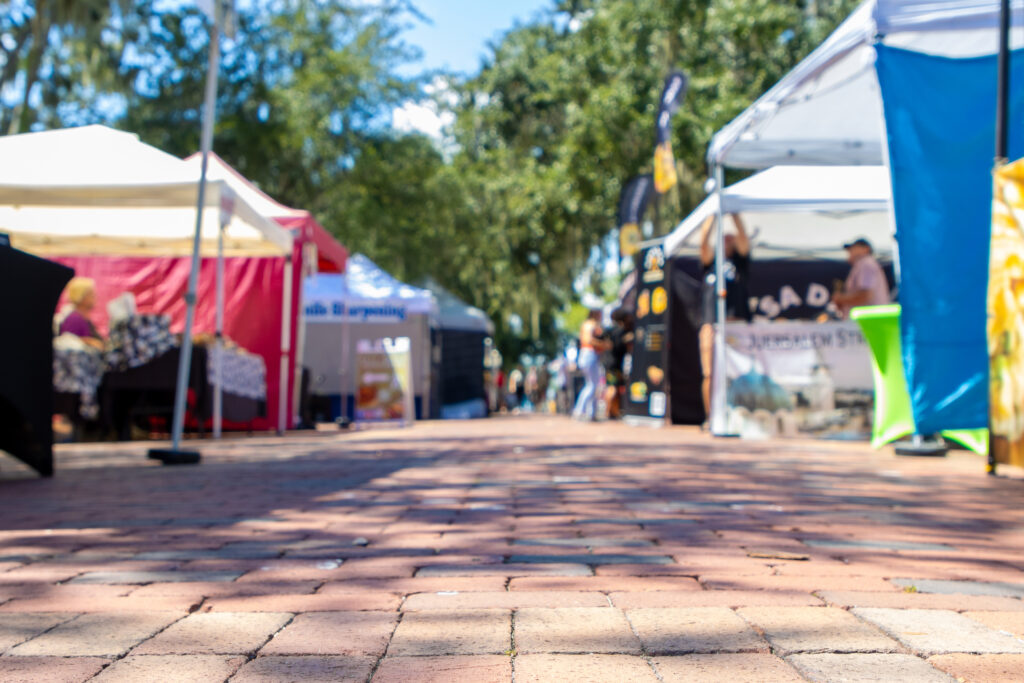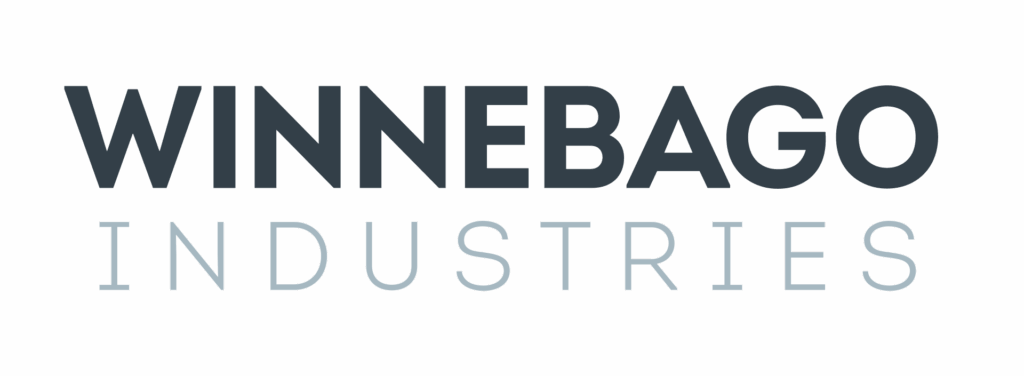‘Then. Now. When.’ guides public through 1619 Project before Nikole Hannah-Jones’ Sussman Lecture

When New York Times journalist Nikole Hannah-Jones presents Drake University’s Sussman Lecture virtually this April, her appearance will be a capstone for Central Iowa viewers taking part in a guided study program by the Greater Des Moines Leadership Institute and other volunteer organizers.
The program “Then. Now. When.” uses the New York Times’ 1619 Project created by Iowa native Hannah-Jones as a foundation for understanding chattel slavery’s legacy in the U.S., and the role racial inequity has in Central Iowa’s local community.
“We think it’s important for leaders to understand not only history, but also the systems that we are all part of every day,” said Amy Jennings, executive director at the Greater Des Moines Leadership Institute. “Our ultimate goal is to have leaders who are making decisions and leading in a way that models and results in equity.”
Nearly 600 community members registered for the program, which will hold weekly sessions until March 31 and end with the Sussman Lecture at Drake University on April 8, where Hannah-Jones will virtually present. Registration for Then. Now. When. sessions are closed, but registration for the Sussman Lecture will be available this month through the Harkin Institute.
First published by the New York Times Magazine in August 2019, the 1619 Project’s featured essays and podcasts quickly became a landmark piece recognizing the 400th anniversary of a merchant ship delivering more than 20 enslaved Africans to the Virginia colony. Hannah-Jones received a Pulitzer Prize for her introductory essay, and the Pulitzer Center for Education hosts its own reading guide to the project for adults and children.
(In late January, state Rep. Skyler Wheeler introduced a bill in the House banning Iowa schools from using the project’s materials, the Waterloo-Cedar Falls Courier reported. Schools would face a reduction in their budgets for using Project 1619 curriculum.)
In April, Hannah-Jones will meet virtually with Central Iowa youths in grades six to 12 prior to the Sussman Lecture, said Emily Schettler, communications strategist at the Drake University Harkin Institute.
“Amy’s organization has put together this great program to really prepare people, to maximize that experience of listening to her,” Schettler said. “It’s a really unique opportunity, especially for people in the Des Moines area to get that kind of precursor.”
“Knowing that Nikole Hannah-Jones is from Iowa, she has that knowledge of what our communities are like here, and a better understanding of the area than a lot of people. I think those things are going to make it a really profound experience for people,” she added.
Local participants in the Then. Now. When. sessions can expect to be challenged while thinking about their sphere of influence and where they can directly take anti-racist action, Jennings said.
The sessions focus on topics highlighted by the New York Times project: health care, the wealth gap, mass incarceration and undemocratic democracy. Experts from the Central Iowa community will make special appearances to localize individual topics.
Hannah-Jones’ appearance at the Sussman Lecture is the result of 30 GDMLI graduates and volunteers in multiple area organizations working together to bring the Waterloo native back to Iowa for a lecture.
“That speaks really highly of how change in our community should work. When we’re all looking at these problems together, we want to come to the community in a way that is united,” Jennings said. “If [leaders] don’t understand the history and how those systems have come about, then we feel they’re not going to be able to properly lead us into a better future.”

